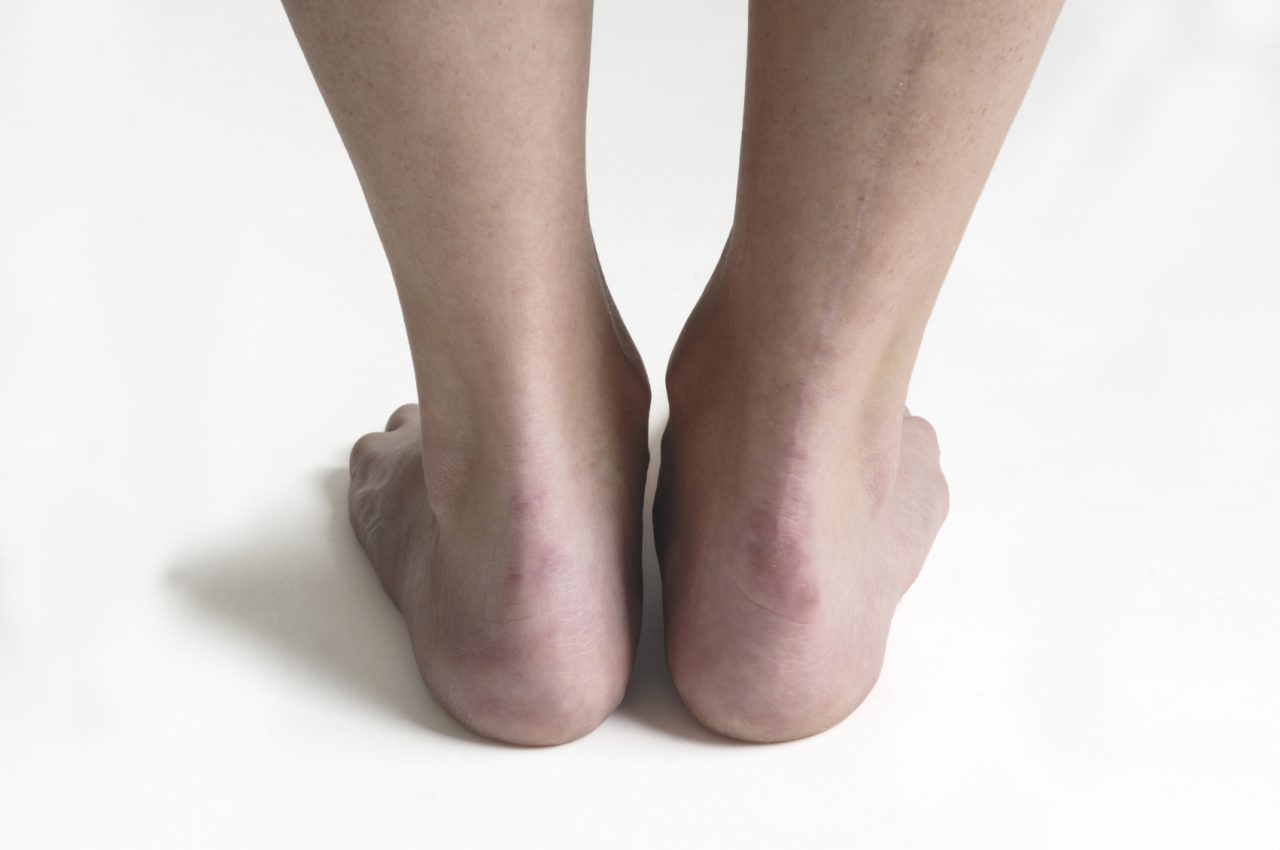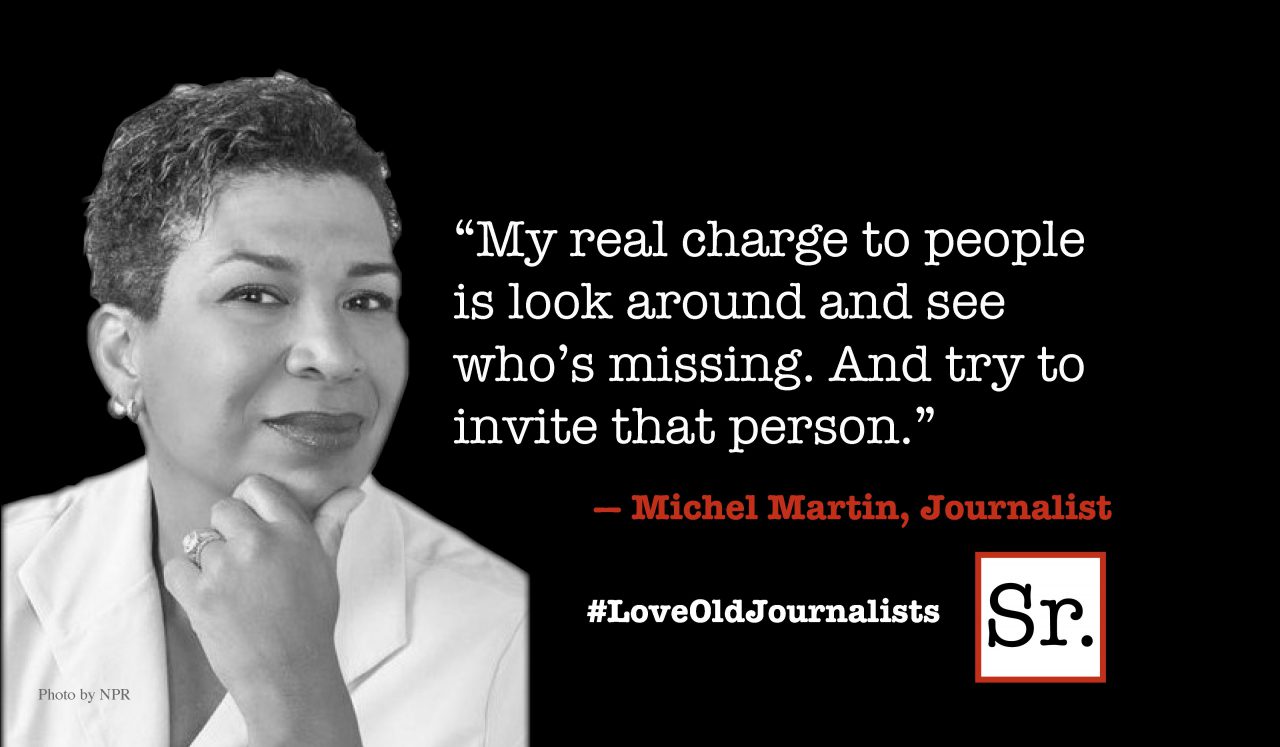Q. I have a nasty-looking scar that shows only when I wear a bathing suit. I’d like to get rid of it, if possible. What’s available?
There is no procedure yet that will make a scar disappear completely. However, there are treatments to make a scar less noticeable. These include:
Surgical Scar Revision
This is a method of removing a scar and rejoining the normal skin. Wide scars can often be made thinner. Long scars can be made shorter. Using broken-line incisions can make scars harder to notice. Sometimes, a surgeon can hide a scar by redirecting it into a wrinkle or a hairline.
Dermabrasion
A surgeon uses an electrical dermabrasion machine to remove the top layers of skin. This process gives the skin a smoother surface. Dermabrasion is used for treating acne scars, pockmarks, some surgical scars, or minor irregularities.
Laser Scar Revision
Another method of improving scars is laser scar revision. High-energy light is used to treat damaged skin. Different lasers are available for treating a variety of scars. For example, a pulsed dye laser uses yellow light to remove scar redness and to flatten raised scars (hypertrophic scars or keloids).
Soft Tissue Fillers
There are injectable substances such as fat, collagen and hyaluronic acid, that are used to treat indented soft scars.
Punch Grafts
Punch grafts are small pieces of normal skin used to replace scarred skin. A tiny circular cutter is used to cut a hole in the skin and remove the scar. The area is then filled in with a matching piece of unscarred skin.
Chemical Peels
This procedure uses a chemical to remove the top layer of the skin and smooth depressed scars. It is most helpful for superficial scars.
Pressure bandages and massages
These can both flatten some scars if used on a regularly for several months.
Silicone gels
Silicone-impregnated gels can be used at home to remodel elevated scars. They must also be used regularly.
Cryosurgery
This technique freezes upper skin layers and causes blistering of the skin to remove the excess tissue at the scar.
Cortisone injections
These are effective in shrinking and flattening very firm scars. This treatment is popular for hypertrophic scars and keloids.
Interferon
This is a chemical that is injected into the scar. It may improve the appearance of a scar.
Cosmetics
Make-up applied correctly can be very good at covering up scars.









